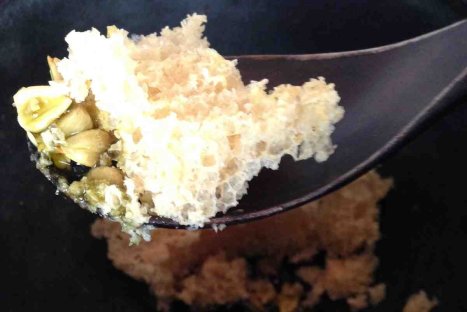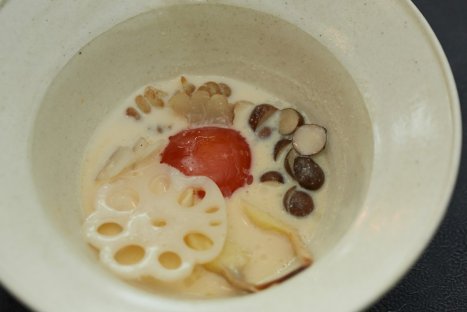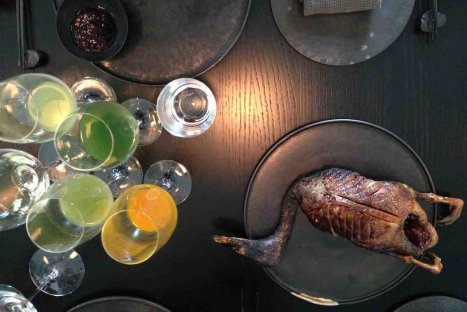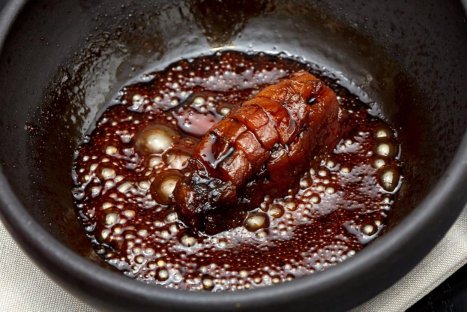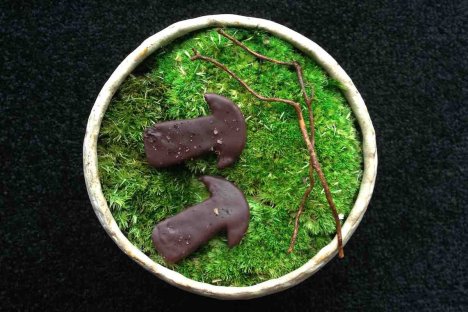
Ingredients

1/4 cup olive oil
6 pounds beef short ribs, on the bone, cut into 4 portions
fine sea salt and freshly ground black pepper
1 large onion, chopped
2 carrots, peeled and chopped
1 celery stalk, chopped
1 jalapeno pepper, seeded and chopped, optional
2 garlic cloves, crushed
1/4 cup tomato paste
1 cup red wine
3 cups low-sodium, store-bought beef broth
Bouquet garni: 3 rosemary sprigs, 3 thyme sprigs, and 3 oregano sprigs, tied in a cheesecloth
1/2 cup Pommery mustard
1/2 cup honey
Method
- Preheat the oven to 350°F
- Pour the oil into a wide, deep-sided saute pan and heat it over medium-high heat. Season the short ribs with salt and pepper, add them to the pan, and brown them all over, about 4 minutes per side. Transfer the ribs to a large casserole or roasting pan.
- Add the onion, carrots, and celery to the saute pan and cook for 5 minutes to lightly caramelize them. Add the jalapeno, garlic, tomato paste, wine, and broth to the pan. Bring the mixture to a rapid boil, then pour it over the ribs in the casserole. The liquid should not rise more than two-thirds up the side of the ribs and the ribs should not be entirely submerged. If you have extra liquid, maybe your casserole is too small and the ribs are too tightly packed; try dividing the ribs and liquid among two casseroles.
- Put the casserole in the oven, add the bouquet garni, and braise the ribs for about 1½ hours. Pierce the ribs with the tines of a fork, if cooked enough, the fork will meet no resistance.
- Remove the casserole from the oven and let rest for 5 to 10 minutes before transferring the ribs to a plate or platter. Degrease the braising liquid, strain it, discard the solids, and reduce and reserve the juices for serving. The short ribs can be cooled, covered, and refrigerated for 1 to 3 days. Let come to room temperature before proceeding.
- Prepare an outdoor grill with a drip pan to prevent flare-ups or preheat the oven to 350°F.
- Combine the mustard and honey in a bowl and liberally brush over the ribs. Grill or cook the ribs in the oven for 10 minutes, turning once, until the glaze is caramelized, dark, and delicious. If grilling, brush on more glaze as the ribs cook.
- Serve the ribs family style, passing the reduced braising liquid alongside in a sauce-boat.
Makes 4 servings.
Source: Nightly Special
Filed under: Beef, Herb, Recipe Clipping, Roast, Sauce, Vegetable | Comments Off on Braised Beef Short Ribs










